Justice and Mediation: Civil Procedure Act 2010 (Vic) Analysis
VerifiedAdded on 2023/06/14
|5
|698
|467
Essay
AI Summary
This essay examines the concept of court-ordered mediation within the framework of Victoria's Civil Procedure Act 2010, arguing that such mediations are justified when adhering to the Act's obligations and purpose. It addresses concerns about involuntary mediation, drawing on American perspectives and highlighting potential injustices like pressured settlements and limited lawyer roles. The essay emphasizes mediation's role as a complementary and subsidiary mechanism for conflict resolution, as stipulated in the Act, promoting a cost-effective and agile approach to justice. Furthermore, it discusses access to justice, focusing on modernization of services, streamlined government systems, and legal aid provisions, referencing a drug-related case study. The essay concludes by advocating for increased funding for drug-related courts and alternative dispute resolution mechanisms, ultimately supporting the integration of mediation into the civil justice system.
1 out of 5
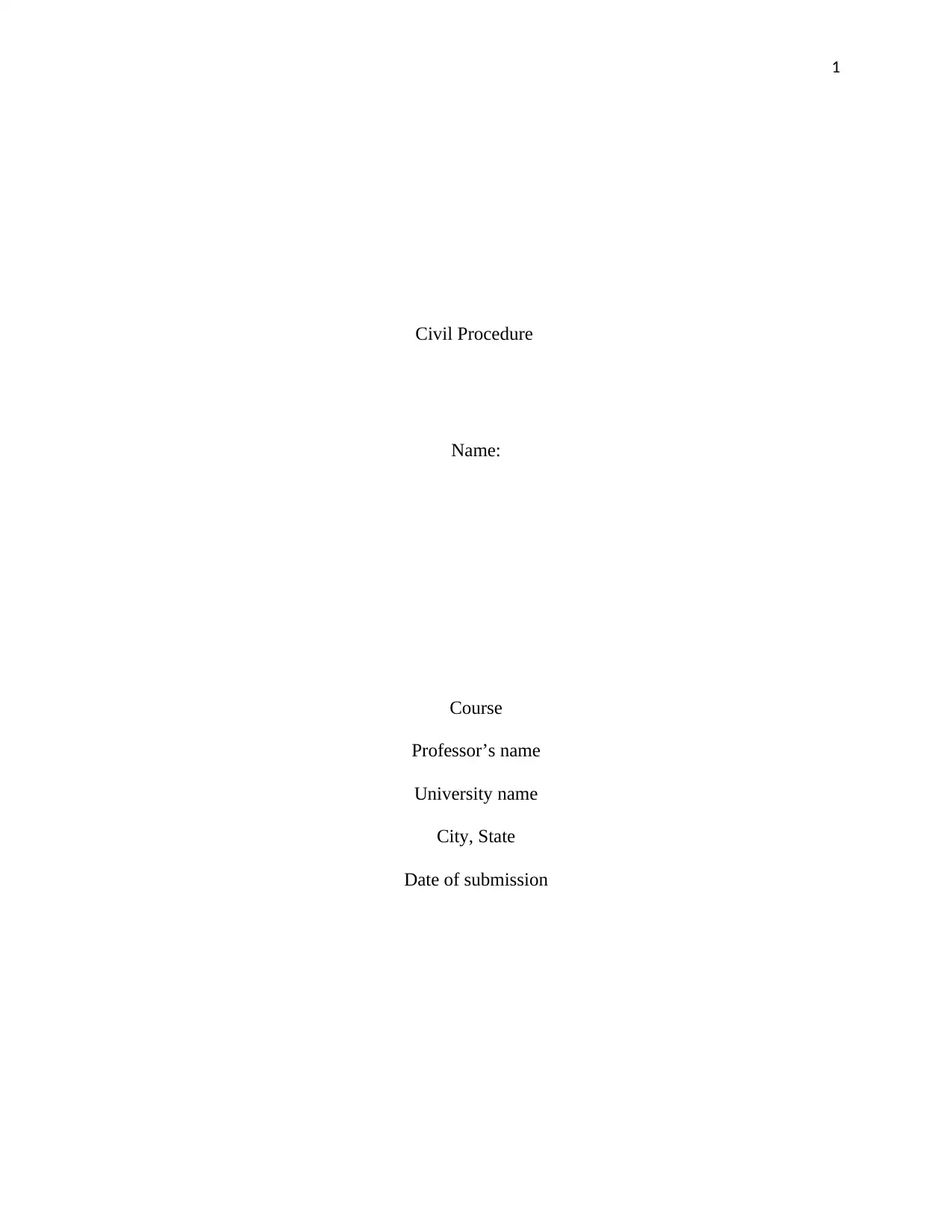
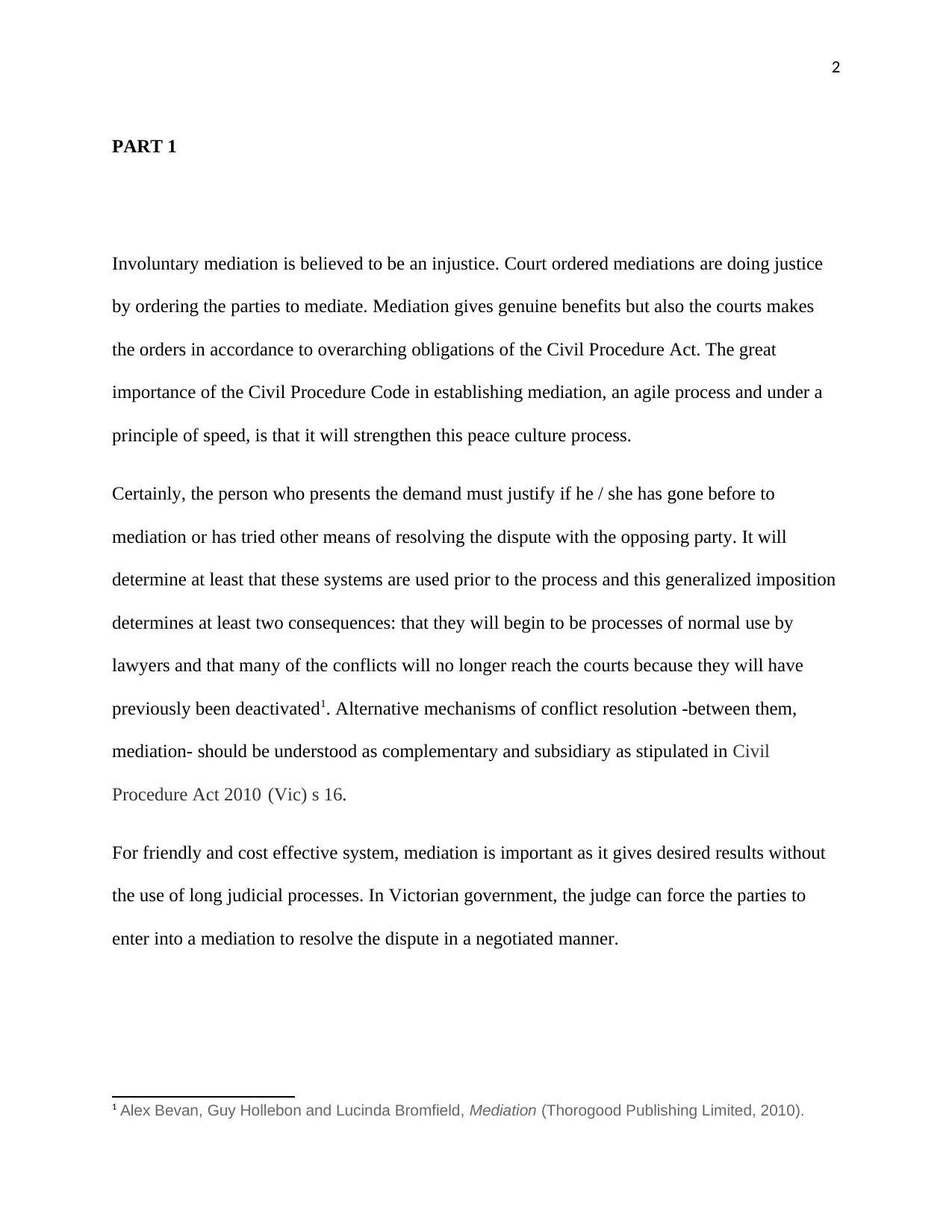
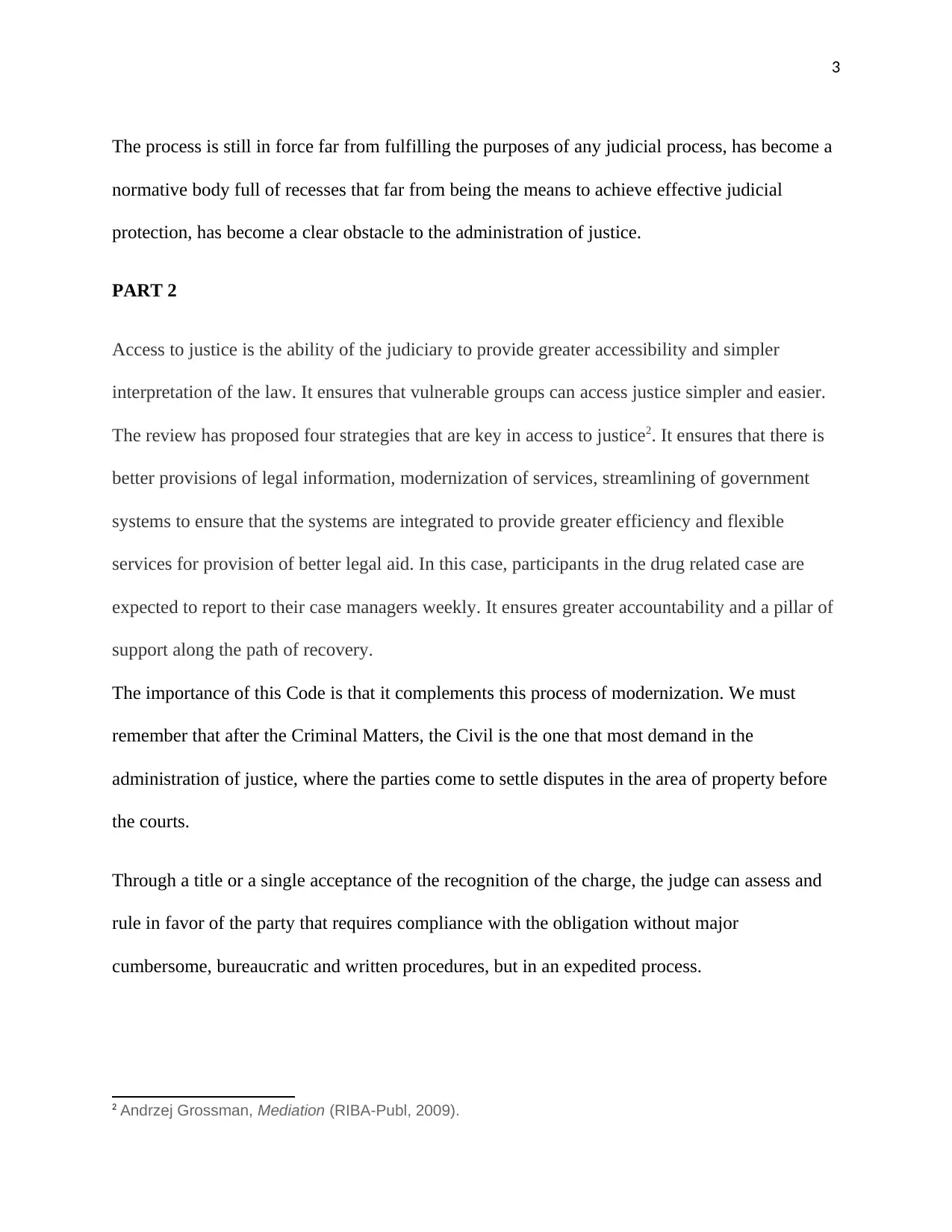

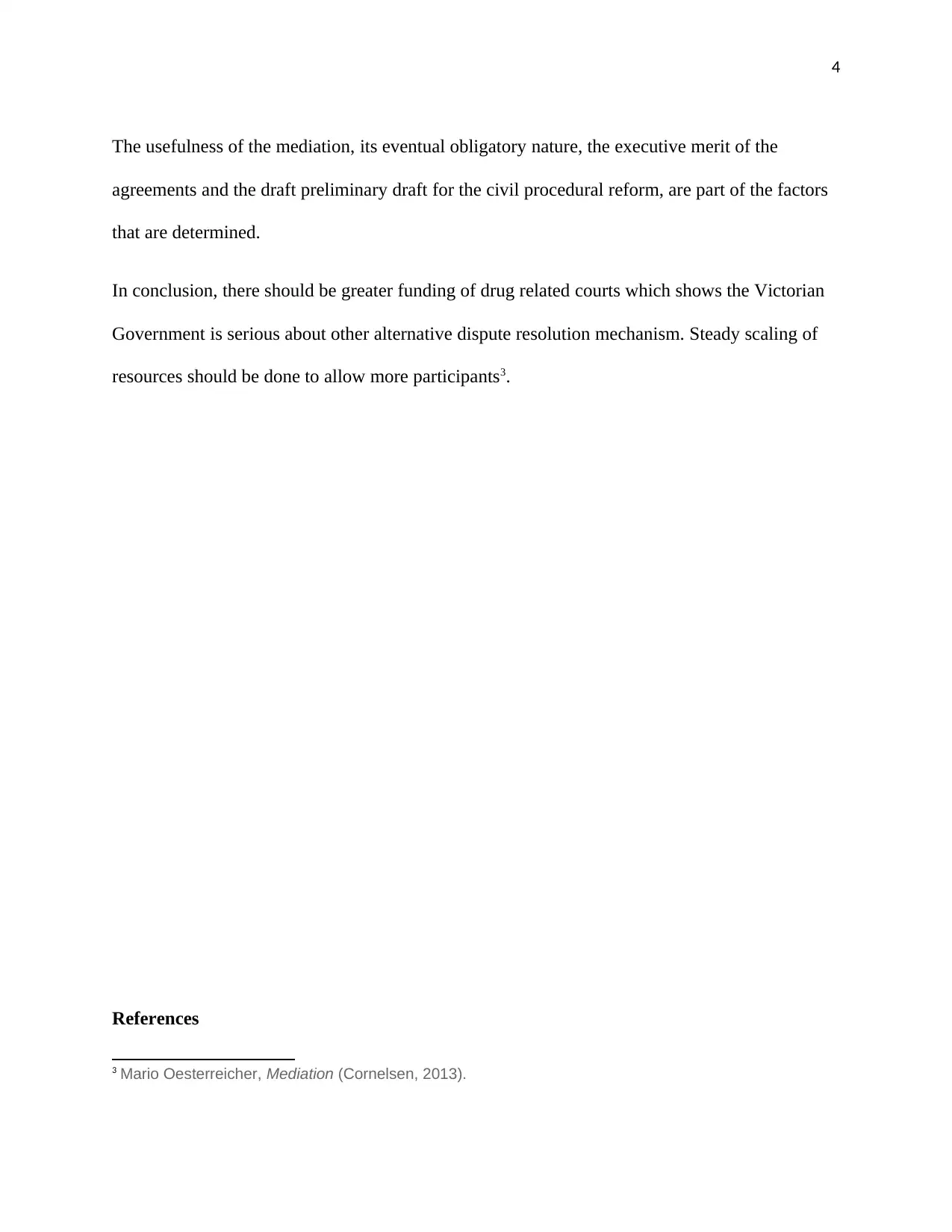
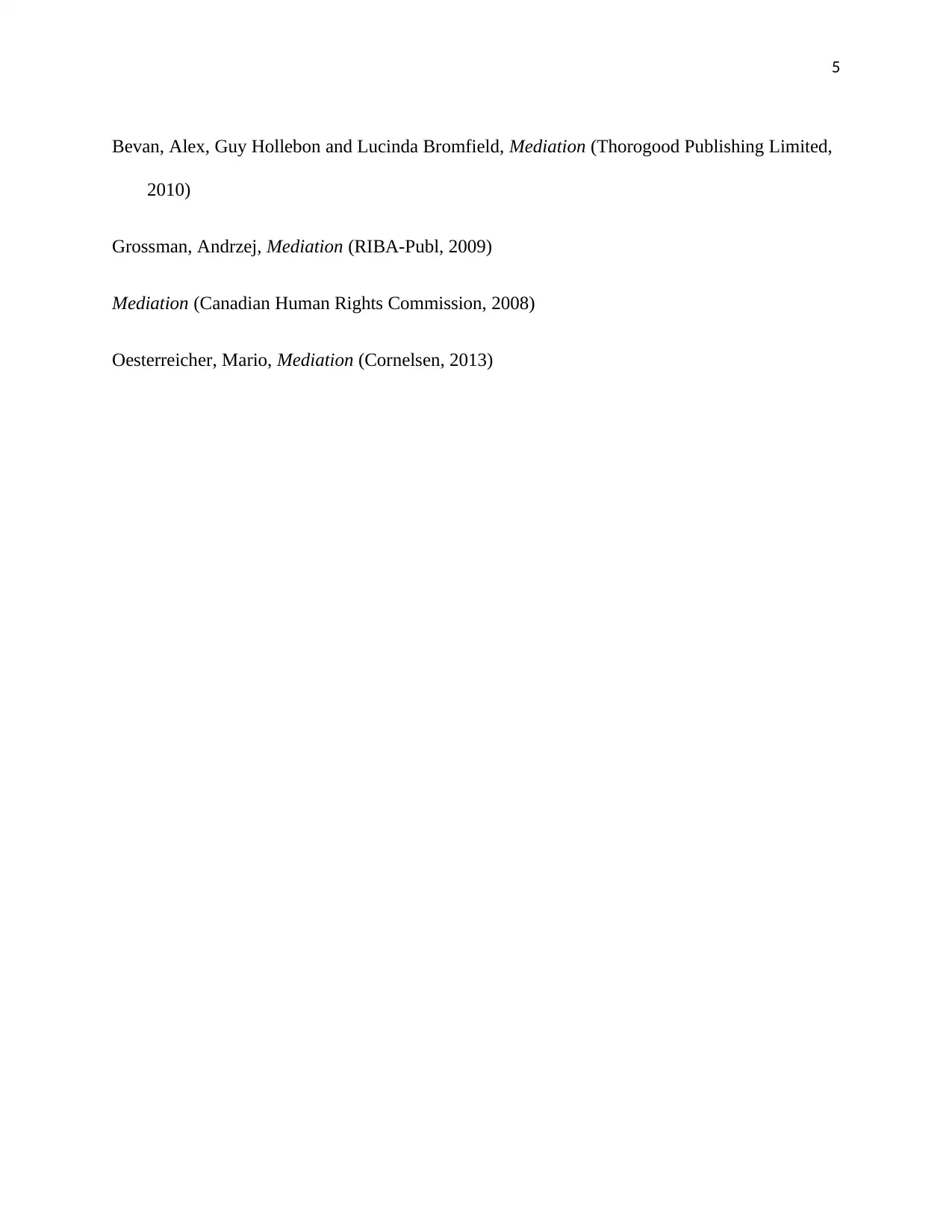






![[object Object]](/_next/static/media/star-bottom.7253800d.svg)